
How Cultural Differences Influence UX Design
User experience (UX) design goes beyond creating intuitive and functional interfaces—it’s about understanding the cultural contexts in which your product will be used. Different cultures bring unique perspectives to design, influencing everything from aesthetics to user interactions. For instance, while Western design often prioritizes minimalism and simplicity, many Asian design approaches focus on rich visuals and multifunctionality.
In this article, we will look at how cultural values influence UX design, look at a case study comparing TikTok and Chinese alternatives, and explore the design differences between Western and Asian products. Ultimately, we will see how learning from each other’s design principles can enhance our approach to creating globally appealing products.
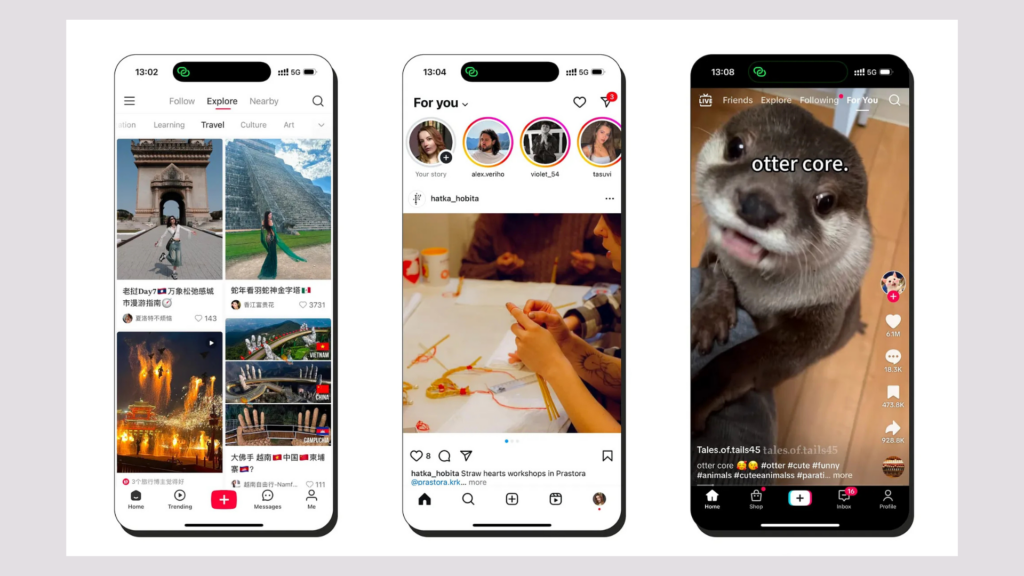
Table of Contents
Cultural Contexts and Their Impact on Design
Cultural values play a significant role in shaping how users interact with products. These values not only affect the aesthetics of a design but also influence the way users navigate apps and websites.
Western Values: Individualism, Simplicity, and Directness
Western cultures, particularly those in the United States and parts of Europe, tend to prioritize individualism. This cultural trait is reflected in UX design through streamlined, minimalistic interfaces that emphasize ease of use and personal autonomy. Western designs often feature clean lines, simple color schemes, and straightforward navigation. The focus is on providing the user with a quick, efficient, and direct path to accomplish their goals, whether it’s buying a product or finding information.
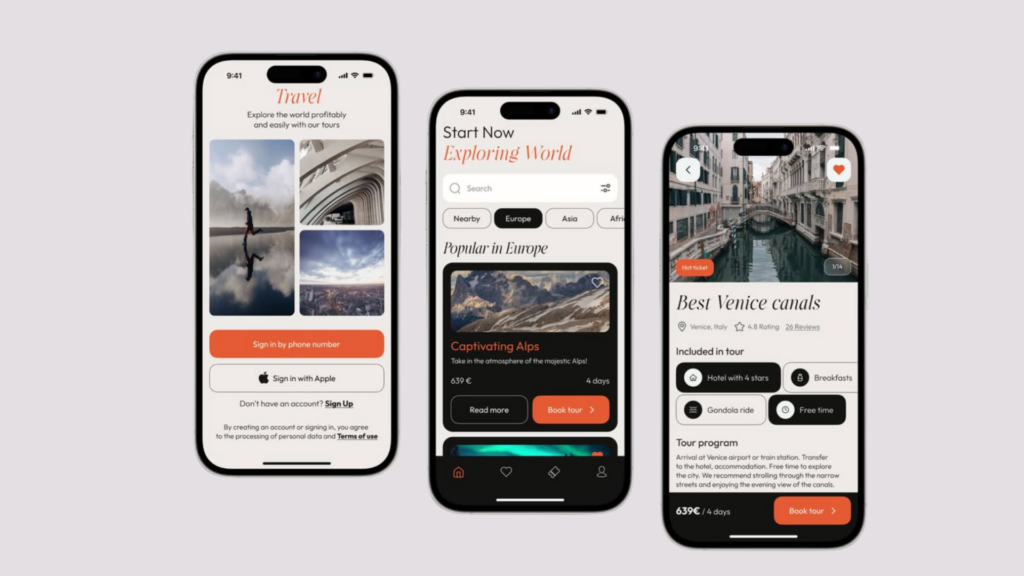
Asian Values: Collectivism, Detailed Aesthetics, and Multifunctionality
In contrast, many Asian cultures place a strong emphasis on collectivism and community. This is reflected in UX design, where apps often cater to group dynamics, integration with various services, and multitasking. The design approach in many Asian countries tends to be more information-dense, offering a wealth of features in a single app. The aesthetic is often vibrant and rich, with intricate details that appeal to the senses. Instead of a minimalist approach, the focus is on providing users with comprehensive tools and experiences within a single interface.
Case Study: TikTok vs. Chinese Alternatives
When TikTok was banned in various countries, including India and parts of Europe, users flocked to alternative apps. In China, apps like Xiaohongshu (Little Red Book) gained significant traction. The differences in design between TikTok and Xiaohongshu illustrate how cultural preferences shape user experiences.
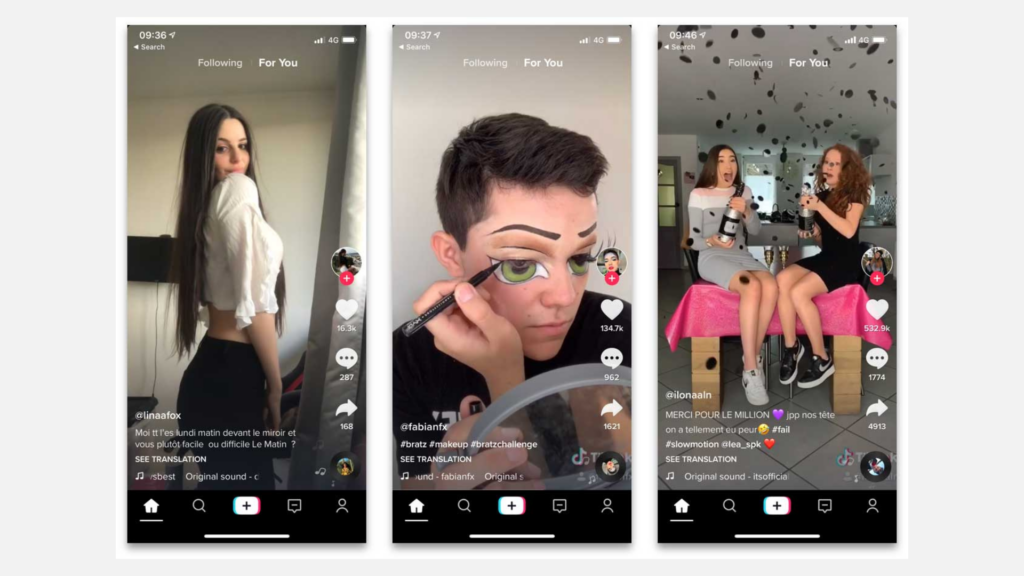
TikTok’s Design: TikTok’s design is simple, with a focus on short, digestible content. The interface is clean, with minimal distractions. This aligns with the Western preference for streamlined interfaces, where content takes center stage and users are not overwhelmed by excessive features.

Rednote / Xiaohongshu’s Design: In contrast, Xiaohongshu’s interface is denser, with a mix of social media features, e-commerce capabilities, and lifestyle content. The app is visually rich, with vibrant colors, multiple navigation options, and detailed product information. The focus is on providing users with a holistic experience—something that aligns with the more collectivist and multifunctional nature of Chinese digital products.
This cultural difference is not just about aesthetics but also about user behavior. In China, users are accustomed to engaging with apps that serve multiple purposes, blending shopping, socializing, and browsing. This is a reflection of the collectivist values and the high value placed on community-driven experiences.
Design Differences Between Western and Asian Products
User Interface Preferences: Western Minimalism vs. Asian Information Density
One of the most noticeable differences between Western and Asian products is the density of information presented on-screen. Western designs tend to prioritize simplicity and clarity, with minimal text and an emphasis on negative space. In contrast, Asian designs often feature more complex layouts with detailed information, multiple categories, and several actions available at once. This reflects a different approach to user engagement—while Western designs focus on making the experience quick and simple, Asian designs aim to provide comprehensive experiences that cater to a variety of needs.
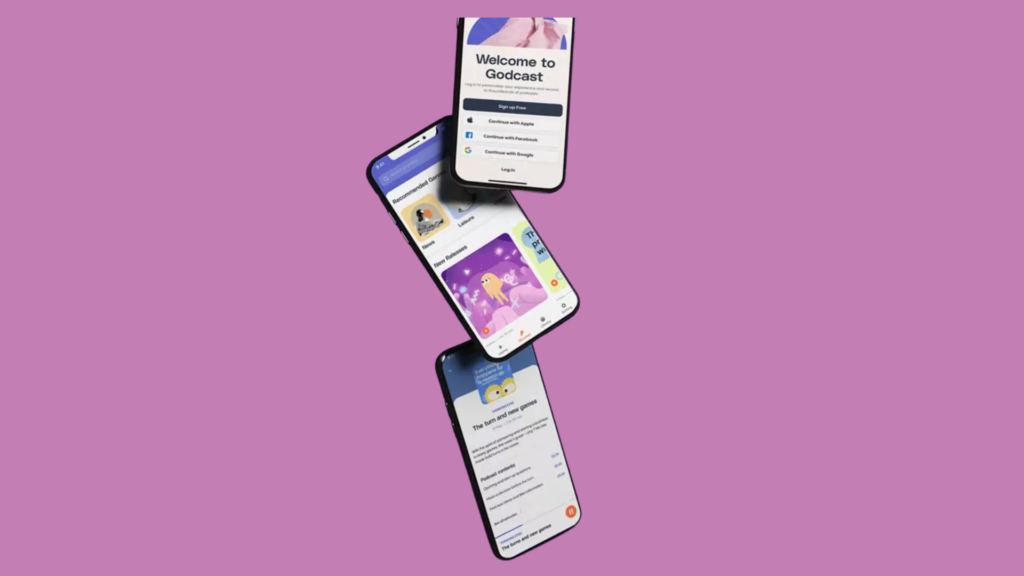
Visual Aesthetics: Simple and Clean vs. Rich and Intricate
Western design tends to favor clean, simple, and often neutral aesthetics. Think of the sleek, minimalistic designs of Apple products or the straightforward layouts of most Western apps. The emphasis is on functionality, with design elements used to guide the user through a clear, unobtrusive journey.
Asian design, however, embraces complexity. Apps and websites often incorporate vibrant colors, intricate patterns, and a wealth of multimedia content. While this can result in a more visually stimulating experience, it can also create a more crowded interface. However, in many Asian markets, this aesthetic is valued for its richness and the ability to showcase the variety of functions available within a single app.
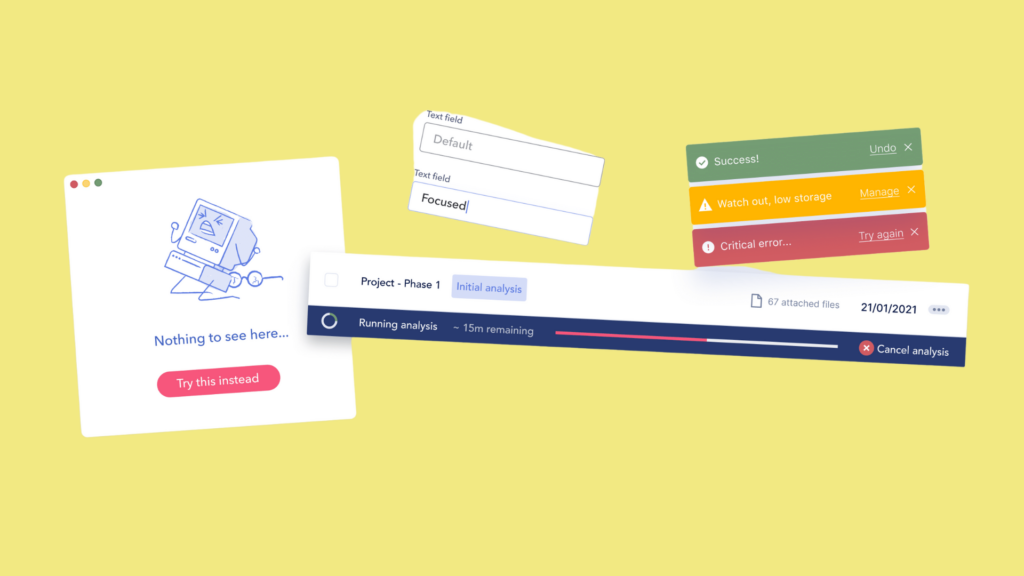
Interaction Patterns: Different Navigation Styles
Navigation also differs across cultures. Western users often expect a clear, linear journey through apps—whether it’s via a top navigation bar or a bottom tab. The interactions are direct, and there’s a clear path to the desired outcome.
Asian products, on the other hand, frequently use more complex navigation systems, with users interacting in ways that involve multiple layers, options, and features at once. For example, many Chinese apps include everything from shopping and social media to live streaming and payment services all in one interface, creating a deeply interconnected experience.
Learning from Each Other: Bridging the Design Gap
The differences between Western and Asian UX design present an incredible opportunity for designers to learn from each other and expand their skill sets. At the heart of these differences lie cultural values that shape user expectations, behaviors, and preferences, offering unique insights into how products can be designed to resonate with a diverse audience. By embracing the strengths of both design approaches, designers can create more inclusive, engaging, and effective user experiences that transcend cultural boundaries.

What Western Designers Can Learn from Asian Design
- Multifunctionality and Integration: One of the key lessons that Western designers can learn from their Asian counterparts is the ability to integrate multiple features and services into a single app. Asian designs often excel at offering a seamless experience where e-commerce, social media, gaming, live streaming, and payments are combined in one platform. This multifunctional approach caters to users’ diverse needs, providing a comprehensive digital ecosystem. Western designers tend to focus on more narrowly defined app functionalities, which can sometimes leave users jumping between several different platforms. Emulating the holistic approach of Asian design can lead to more integrated and convenient user experiences, particularly in regions where consumers value having everything in one place.
- Rich Aesthetics and Emotional Engagement: Another area for Western designers to consider is the emotional impact of design. Asian design often embraces rich, vibrant visuals and intricate details, which can evoke strong emotional responses from users. This design style caters to users who appreciate more visually stimulating experiences. While simplicity and clean aesthetics work well in many Western contexts, there’s value in tapping into the emotional side of design. By incorporating more sensory elements, such as color, texture, and animation, Western designs can create deeper connections with users and cater to emotional needs, especially in markets where users have a strong affinity for vibrant, interactive experiences.
- Inclusivity and Community: Many Asian designs focus on creating products that feel inclusive and community-driven. This is reflected in the focus on social features, group activities, and collaborative experiences within apps. Western products, on the other hand, often emphasize individual user autonomy. While individuality is important, there is much to learn from the collective approach of Asian design. By incorporating community-building features—whether through social sharing, group tasks, or collaborative tools—Western designers can create products that foster deeper engagement and a sense of belonging, which is especially important in markets that prioritize social connection.
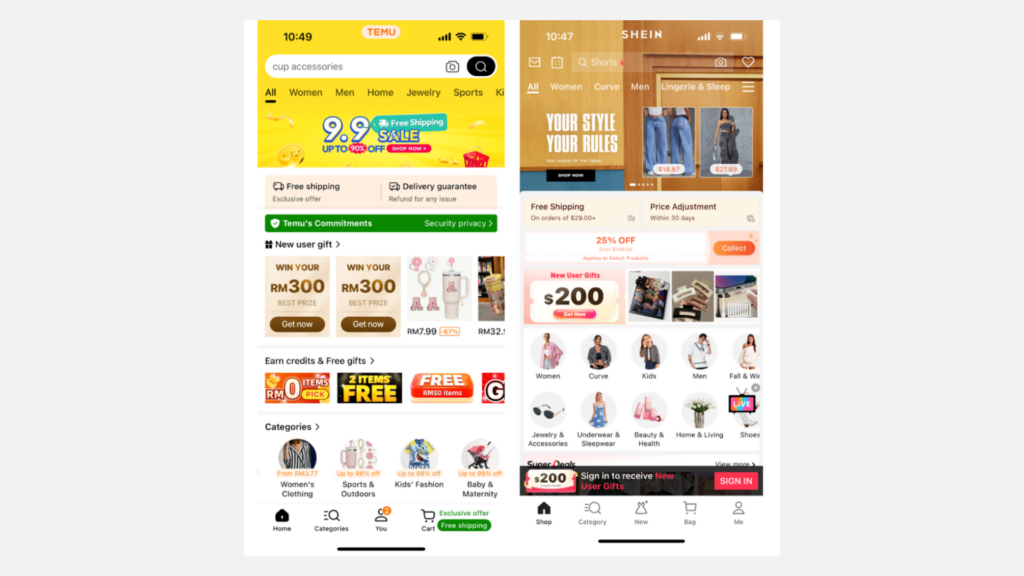
What Asian Designers Can Learn from Western Design
- Simplicity and User Focus: While Asian designs often thrive on offering a wide range of features, Western design excels in creating a clear, focused user journey. This is achieved by simplifying the interface, limiting distractions, and guiding users step-by-step toward their goal. In highly feature-dense apps, users can sometimes feel overwhelmed or lost, especially when there are multiple layers of navigation. By incorporating elements of simplicity and user-centric design from the West, Asian designers can reduce cognitive overload, make interactions more intuitive, and create interfaces that are easier for users to navigate.
- Autonomy and Self-Service: In Western design, there is a strong emphasis on empowering users to take control of their interactions. This self-service model allows users to find their own path, make decisions, and solve problems independently. In some Asian designs, the approach can be more prescriptive, with users being guided step-by-step through tasks or presented with highly structured options. While this can be beneficial in certain contexts, there’s also value in allowing users more freedom to explore and make choices based on their preferences. Asian designers can learn from Western design’s focus on user autonomy by incorporating elements that allow users to take more control over their experience, leading to greater satisfaction and engagement.
- Minimal Cognitive Load: One of the hallmarks of Western design is the ability to reduce cognitive load. This means making things as simple and intuitive as possible, without overwhelming the user with excessive information or complex decisions. While Asian design often favors a more information-dense approach, incorporating Western principles of reducing cognitive load can make apps more approachable. By providing users with clearer navigation paths, simpler instructions, and more focused interactions, Asian designers can create products that feel more accessible and user-friendly, especially for users who may not be as tech-savvy or are new to certain platforms.
A Two-Way Exchange for Better Design
Bridging the design gap between Western and Asian UX approaches isn’t about one side simply adopting the other’s style—it’s about a two-way exchange of ideas that results in a more comprehensive and adaptable design process.
Designers who understand the cultural influences behind different approaches are better equipped to create products that resonate with users across the globe. By borrowing techniques and principles from both sides, designers can craft solutions that balance simplicity and complexity, autonomy and community, functionality and beauty. This cultural cross-pollination is key to creating universally appealing, user-centered products that cater to a diverse set of needs and preferences.
Take your company to the next level and get results with our world class user experience, interface design and implementation.
Get a FREE 30 min Strategy Session

Related posts
Threads Unraveled: How UX Flaws Weakened a Promising Social Platform
Threads emerged as a social media platform brimming with promise. Its unique focus on threaded messaging and ephemeral content aimed […]
Apple’s ‘Exhausted’ Emoji: The Symbol We Didn’t Know We Needed
Have you seen it yet? That yellow face with the heavy under-eye bags that just gets you? Apple recently dropped […]
The End of Duolingo? How ChatGPT-4 is Taking Over Language Learning!
In an era where artificial intelligence (AI) is rapidly transforming industries, the landscape of employment is witnessing unprecedented shifts. One […]
Creative product design that gets results
Take your company to the next level with world class user experience and interface design.
get a free strategy session



